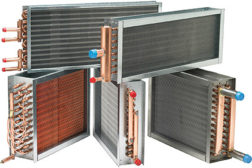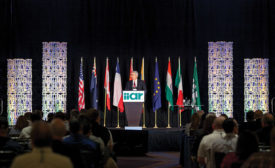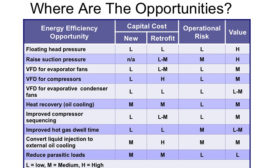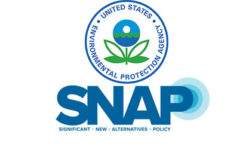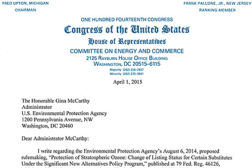Articles by Ron Rajecki
Regulations, Refrigerants Revolutionize Coils
Manufacturing innovations result in smaller, lighter, versatile, and more efficient HVAC coils
Read More
Giving HVAC’s ‘Face’ a Tech Lift
Home automation, communicating units among the latest condensing unit upgrades
Read More
Natural Refrigerants: ‘Unmistakable Trend’
Optimism, Sunshine Pervasive as IIAR Meets in San Diego
Read More
Industrial Refrigeration: Big Systems Equal Big Opportunities
10 Tips to Increase System Efficiency
Read More
Self A/C System Recharge Kit Flies in the Face of Logic
TV Commercial Sparks Memories of (What Should Be) Days Gone By
Read More
Manufacturers Assess Summer R-22 Supplies
Weather, Demand Could Alter Stability, Price, and Availability
Read More
Congressman Questions the EPA about HFCs
US Representative Voices Concerns About Proposed Restrictions
Read More
Copyright ©2024. All Rights Reserved BNP Media.
Design, CMS, Hosting & Web Development :: ePublishing


